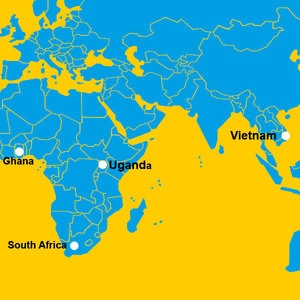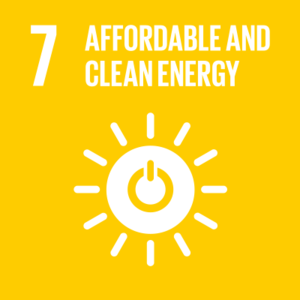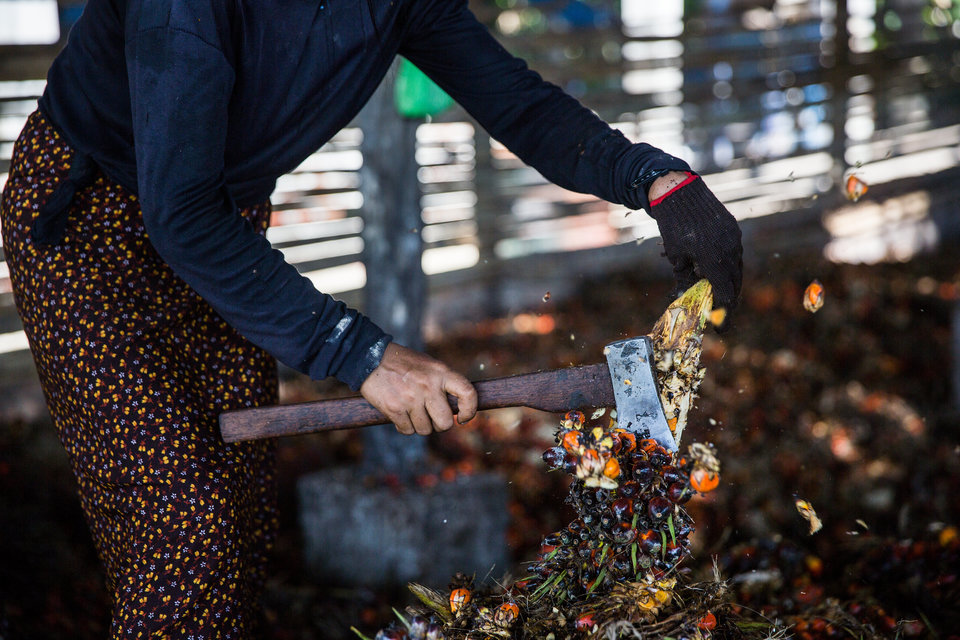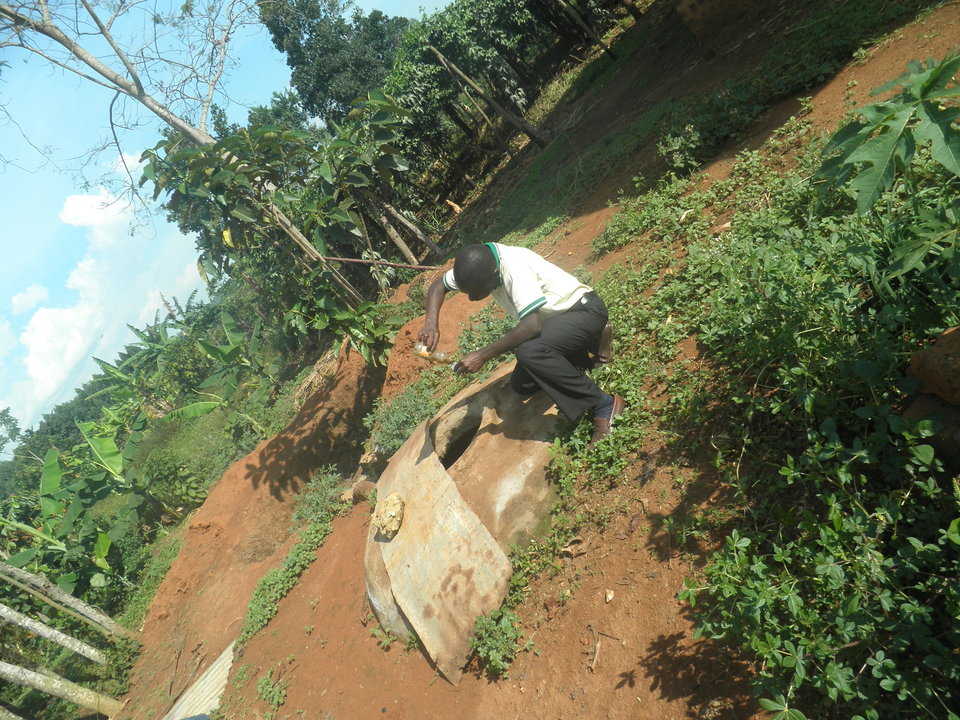Imagine, you have designed the perfect, fuel efficient and clean burning cooking stove. A technically sound design, both reducing CO2 emissions and improving users’ health, intended to be sold in India. But, when you want to expand to Africa, it turns out the cooking stove doesn’t function outside of the Indian context. The consequence: a need for a considerable amount of resources to develop another cooking stove and a terribly slow distribution and upscaling process. This is where TU Delft’s unique design method Context Variation by Design (CVD) comes in. The main idea is to consider multiple contexts at the beginning of your design process, which leads to more universally applicable solutions.
Jan Carel Diehl, specialized in design for sustainability and one of the brains behind Context Variation by Design, explains, “Our idea with Context Variation by Design is, if you have the intention to go to different places in the world -and with global initiatives this is almost always the case- wouldn’t it be possible to take this into account from the start by considering these different contexts? You could say this complicates everything tremendously. But the idea is that, by considering these different cultural contexts simultaneously, you forego the flaw of excluding certain design possibilities.”
Two different contexts
The design approach has already successfully been put to the test in designing cooking stoves for two different contexts in Africa, in Uganda and Ghana. “We were asked by a company to start a project on clean cooking. But, instead of starting with the technology, now we started by looking at people’s cooking habits. We made so-called cooking profiles of the users in both countries. Here, we look both at the technical qualities the stove needs to have and people’s interaction with the stove. Such as; what kind of pans they use, what type of actions they perform when cooking or how they light the stove.” From this analysis a long list of similarities and differences is drawn up. This is what the industrial design team needs to work with to devise a cooking stove that would be satisfactory to users in both countries.
Round pans and flat-bottomed pans
Sometimes this leads to almost opposite wishes with regard to a product’s specifications. “We found out that in Ghana they prefer using big round pans, which they like to dig into the charcoal. On the other hand, in Uganda they only use pans with a flat bottom, which are not supposed to be in contact with the fire. So we needed to keep track of this in our design. The main question was: can we design in such a way that both type of pans fit? It seems quite trivial, but it is necessary to consider this user interaction if you want people to accept the new product into their cooking process. This is the most important part of the entire project. Cause if it won’t be used, you will never have an impact with your expertly designed stove.”
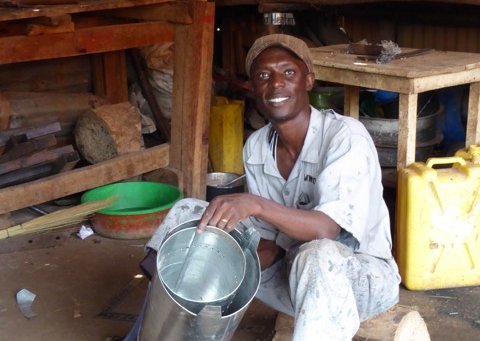
Adaptive design
“Our ultimate design was not a one-size-fits-all; there was still some variation to be able to adjust it to local needs. We created an adaptive design, in which it would be possible to add on the option of using gas, specifically for the Ghanaian market. Because we discovered that while in Uganda they cook the entire year with charcoal, in Ghana they shift half of the year to cooking with natural gas, because charcoal becomes very expensive in the wet season. This was much easier to do then if we would have tried to make adaptations to a cooking stove design which had already been completed before coming to these countries. It shows that CVD enables designers to create a richer solution space, which ultimately leads to a richer and more creative solution.”
Global Research Areas
